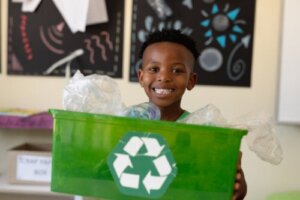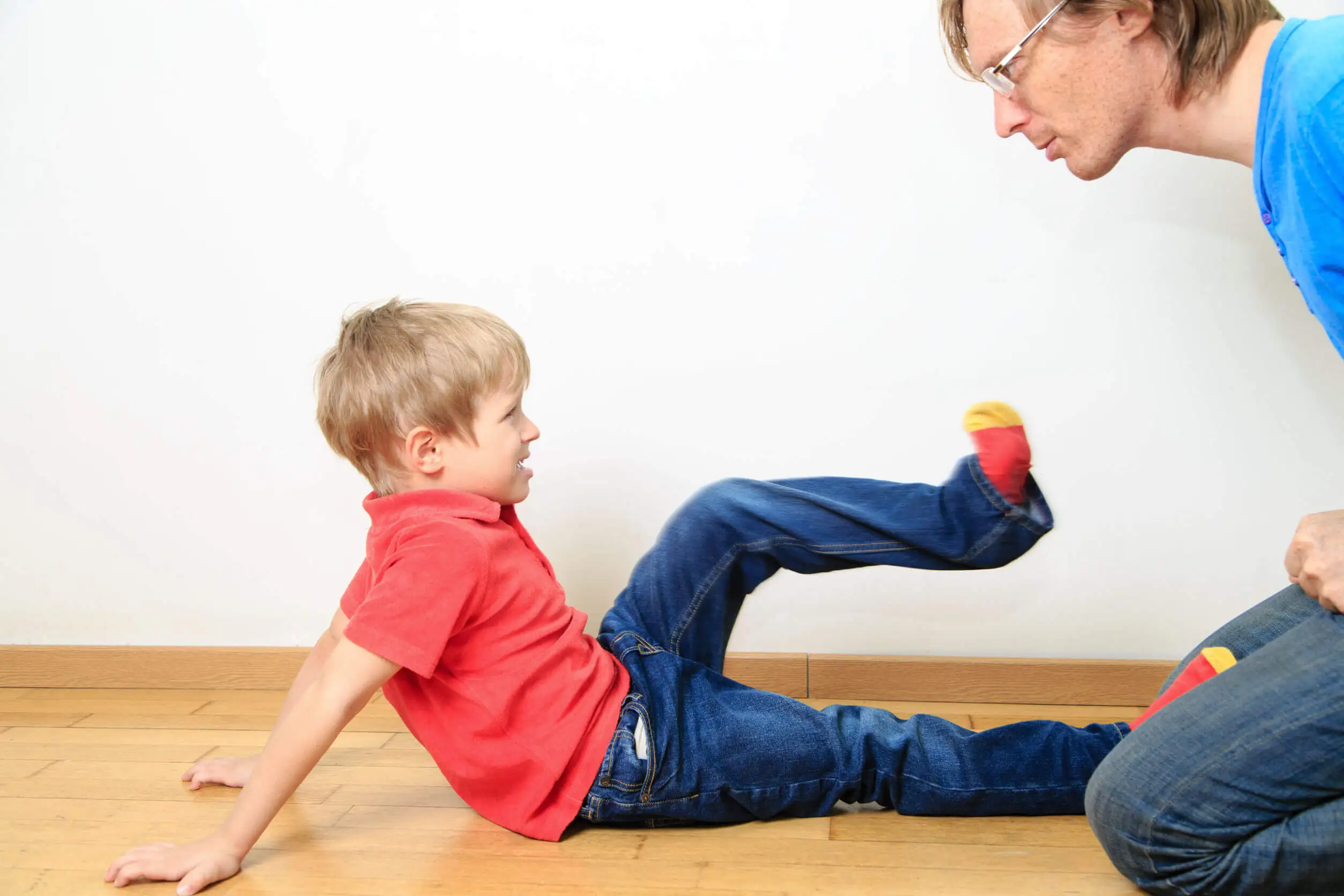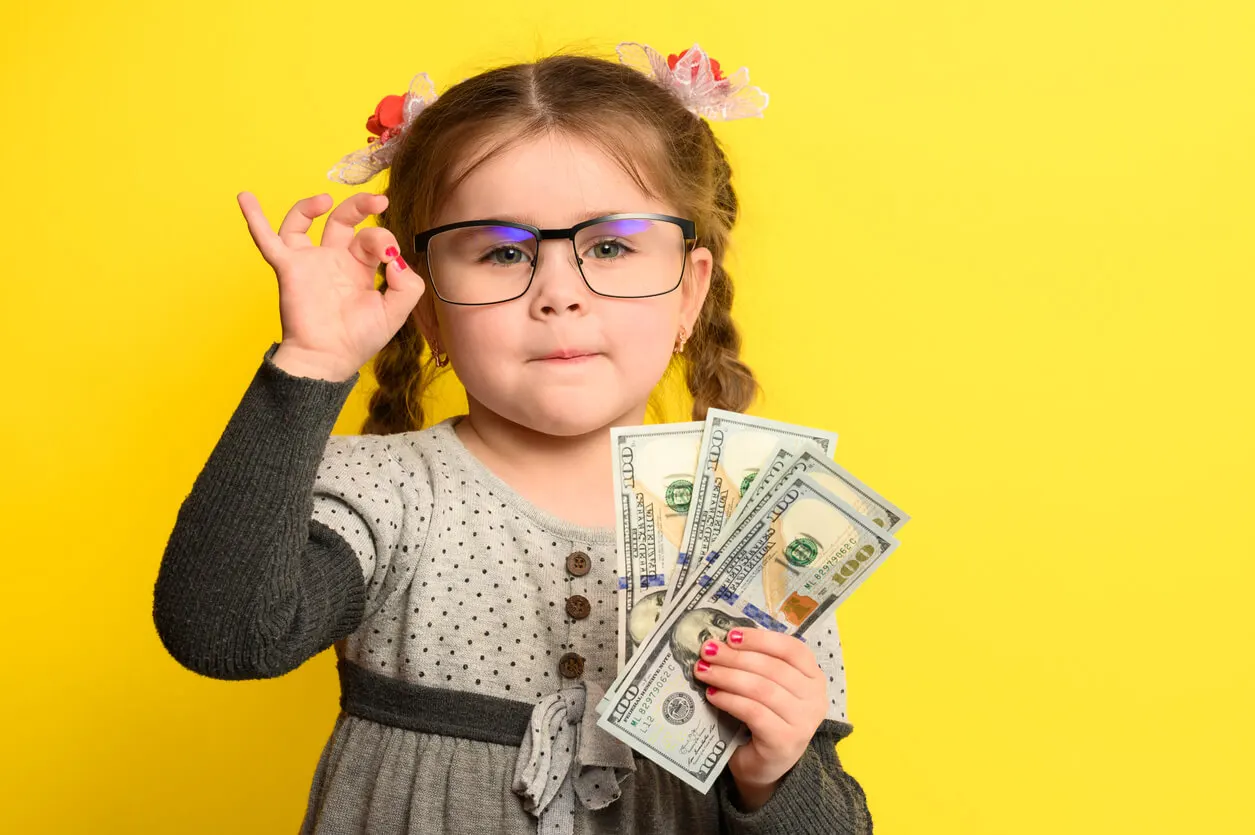7 Tips for Teaching Children About Responsible Consumption


Written and verified by the psychologist Elena Sanz
Adults must encourage responsible consumption in children, as it’s increasingly common to bury them in mountains of gifts. Especially on holidays such as birthdays or Christmas. Likewise, in any store or supermarket, we can observe infants having tantrums in order to get their parents to buy them the whim of the day. The truth is that we cannot blame them: we live in a consumerist society.
It is natural that children ask for and wish to have clothes, toys, games and different objectives. Even more so if we take into account that we are all exposed to a constant advertising bombardment and that their brain, still immature, is less capable of filtering these stimuli and controlling impulses.
However, this does not mean that we should give them everything they ask for or deprive them of any desire. The ideal is to find a balance and educate them in responsible consumption. We show you how to do it.
What is responsible consumption?
Responsible consumption is that which is not done on impulse, but with awareness and prior reflection. That is, before acquiring any product or service we consider its suitability in terms of quality, function, ethics and other variables.
In general, responsible consumption is associated with the following areas:
- Personal: acquiring only those products or services that fulfill a function for the person, have a utility or are really going to provide something of value. This avoids excessive and impulsive consumerism.
- Ethical: related to the values that move us when making or not making a particular purchase.
- Environmental: responsible consumption is that which contributes to caring for the environment and ensuring the sustainability of natural resources.
- Solidarity: it takes into account the working conditions of those involved in making the product or offering the service.
Why encourage it in children?
Although it may sometimes seem like an adult thing, responsible consumption should be learned from childhood. Not only because children are the generations of the future and must learn from an early age to take care of the planet and their fellow human beings, but also because consumerism does great harm to children.
If we perpetrate the consumerist lifestyle, children may tend to always compare themselves with others, to feel inferior and insufficient, to give more value to having than to being and to cover their emotions through purchases.
It will also be very difficult for them to learn to tolerate frustration and acquire values such as effort and patience. For all these reasons, it is important to educate in responsible consumption from the early years.

How to teach children responsible consumption?
Here are some ideas that will help you achieve this goal. You may be able to apply them today.
1. Reduce your household consumption
Turning off the lights when leaving the rooms, closing the faucet while brushing teeth or taking showers instead of baths are simple habits that children can learn. With these, responsible consumption of resources within the home is encouraged.
2. Teach them about recycling
Teaching children to recycle is also essential. This is a task that is also carried out in schools, but it should be encouraged and reinforced in the family nucleus.
To make it more fun, games can be designed in which children must place each waste and container in its corresponding place and thus earn points or rewards.
3. Encourage restoration and reuse
Giving a second life to old, somewhat deteriorated, or no longer used objects is also a good lesson. For this, it can be very positive to make crafts with recycled objects.
It is a fun activity. In addition, it instills the importance of reusing resources and not falling into excessive consumption.
Read Warm Minimalism: What It Is and How to Apply It at Home
4. Assigning chores is a good way to instill responsible consumption in children
To educate in responsible consumption it is important to teach children the value of money and how to manage it. In this regard, you can assign a small weekly or monthly allowance on which they will have to decide how to spend. This is a way for them to learn how to invest money wisely and conscientiously.
5. Get them used to think before consuming
Whenever the child wants to buy a product or is infatuated with a toy, let’s encourage them to think about it. “What do you want that object for, how useful is it, where are you going to keep it, at what times are you going to use it, do you already have something similar?”. All these questions can help children become aware and not want to buy on impulse.

6. Teach responsible consumption by not giving in to your child’s whims
Parents should be an example and guide when educating in responsible consumption. For this, it is important that they are clear about the values they want to instill and remain firm about it.
It is very tempting to give in to the child’s whims when he/she has a tantrum in public, but if we consider that this purchase is not positive or necessary, we must remain in the negative and set limits.
7. Separate emotions from consumption
Finally, it is essential that children know how to separate emotions from consumption from a very young age. Parents should avoid offering purchases as a reward for good behavior or as a consolation for negative emotions.
We should also avoid making the mistake of covering up guilt with material gifts. Many times we feel that we do not dedicate enough time to children and we try to make up for this lack with objects, but this is neither positive nor healthy.
Responsible consumption teaches children to value what they have
In short, we not only want children to learn to control their impulses to consume. But, also, to learn that the most valuable things in life are free. Nature and all its beings, the people who love them, the happiness of everyday life… are immaterial goods of incalculable value.
Let’s teach children to give them the importance they deserve. Let them not measure worth or well-being in terms of possessions.
All cited sources were thoroughly reviewed by our team to ensure their quality, reliability, currency, and validity. The bibliography of this article was considered reliable and of academic or scientific accuracy.
- de Sola, J., Rubio, G., & Rodríguez, F. (2013). La impulsividad:¿Antesala de las adicciones comportamentales?. Salud y drogas , 13 (2), 145-155.
- Lozano, A., & Ostrosky, F. (2011). Desarrollo de las Funciones Ejecutivas y de la Corteza Prefrontal. Revista Neuropsicología, Neuropsiquiatría y Neurociencias, 11(1), 159-172.
This text is provided for informational purposes only and does not replace consultation with a professional. If in doubt, consult your specialist.








